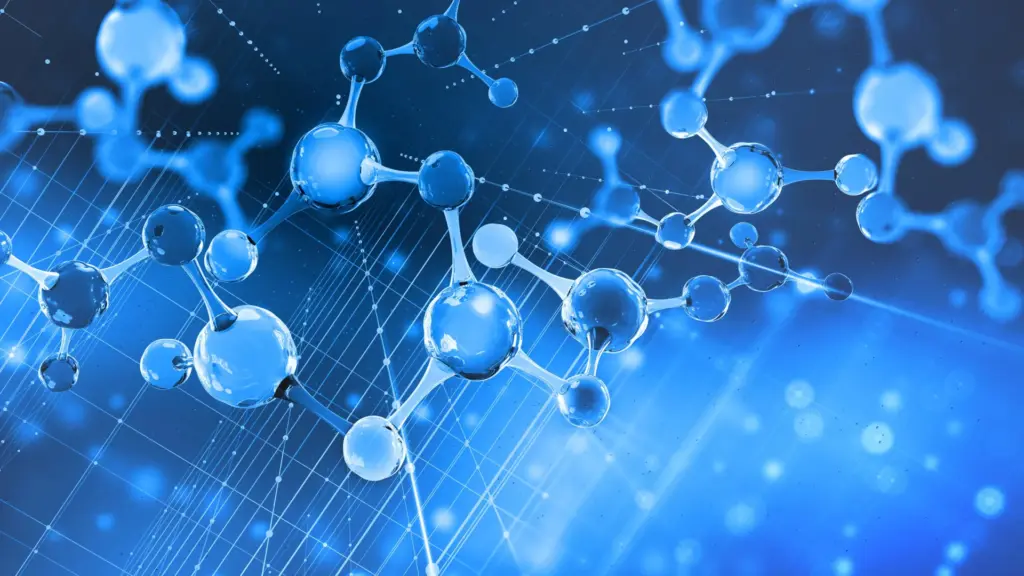
Chemists at The Ohio State University have unveiled a groundbreaking method to generate metal carbenes, a development that could significantly accelerate the production of life-saving drugs. This innovative approach, detailed in a recent study published in Science, leverages iron as a catalyst alongside chlorine-based molecules to create carbenes with unprecedented efficiency.
Carbenes, known for their short-lived and highly reactive nature, play a crucial role in chemical reactions essential for drug synthesis and materials development. However, their fleeting existence and the hazardous methods typically required to produce them have long posed challenges for chemists. The new method, developed by a team led by David Nagib, a distinguished professor of chemistry and biochemistry at Ohio State, aims to overcome these hurdles.
“Our goal all along was to determine if we could come up with new methods of accessing carbenes that others hadn’t found before,” Nagib explained. “Because if you could harness them in a milder catalytic way, you could reach new reactivity, which is essentially what we did.”
Revolutionizing Carbene Production
The team’s breakthrough lies in their use of iron as a metal catalyst combined with chlorine-based molecules that readily generate free radicals. This combination facilitates the formation of carbenes, including many that had never been synthesized before. These carbenes quickly attach to other molecules, forming cyclopropanes—three-sided molecular fragments vital to the synthesis of medicines and agrichemicals.
“Our lab is obsessed with trying to get the best methods for making cyclopropanes out there as soon as possible,” Nagib said. “We have the eye on the prize of inventing better tools to make better medicines, and along the way, we’ve solved a huge problem in the carbene world.”
“Our lab is very much a tool development lab. And to me, the way you gauge if it’s valuable or interesting is if others use your tool.” – David Nagib
Potential Impact on Drug Development
The implications of this discovery are profound. By simplifying and securing the process of carbene production, the method could lead to cheaper, more potent, and longer-lasting drugs. This advancement is particularly promising in preventing shortages of critical medications, including antibiotics, antidepressants, and treatments for heart disease, COVID-19, and HIV infections.
Moreover, the method’s effectiveness in water suggests the potential for creating metal carbenes within living cells, opening new avenues for drug discovery. According to Nagib, this approach is approximately 100 times more efficient than previous methods developed by his lab over the past decade.
Ensuring Accessibility and Future Developments
Recognizing the transformative potential of their work, the Ohio State team is committed to making this organic chemistry tool accessible to research labs and drug manufacturers worldwide. Nagib emphasized the importance of continuing to refine the technique to expand its applicability.
“Our team at Ohio State came together in the coolest, most collaborative way to develop this tool,” he said. “So we’re going to continue racing to show how many different types of catalysts it could work on and make all kinds of challenging and valuable molecules.”
Other contributors to this study include Khue Nguyen, Xueling Mo, Bethany DeMuynck, Mohamed Elsayed, Jacob Garwood, Duong Ngo, and Ilias Khan Rana. The research received support from the National Science Foundation, the National Institutes of Health, and the Brown Institute for Basic Science.
As the scientific community absorbs this new method, the potential for revolutionizing drug development and chemical synthesis appears boundless. The Ohio State team’s discovery not only paves the way for more efficient drug production but also sets a new standard for innovation in the field of chemistry.






